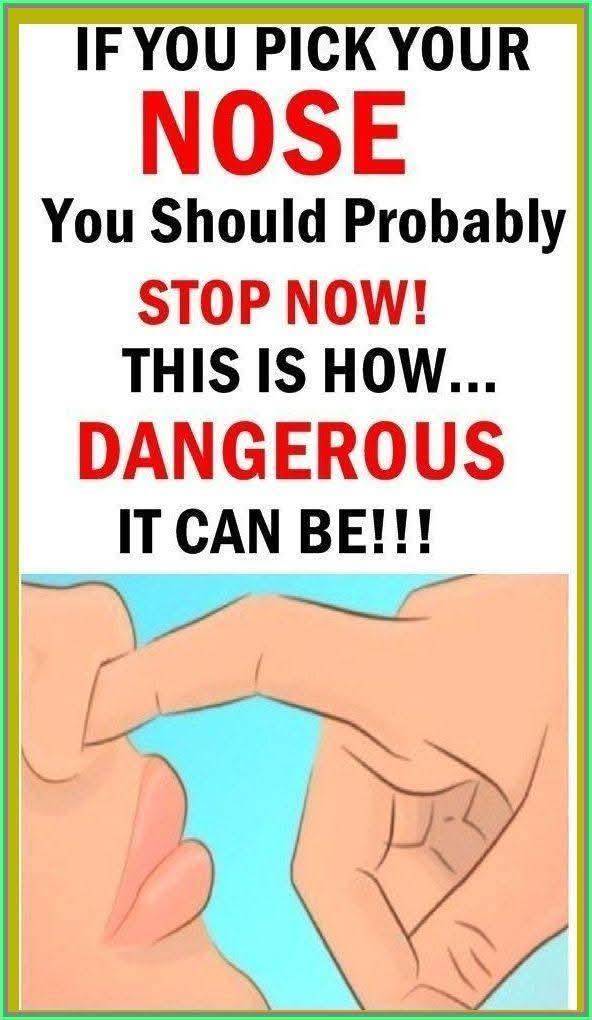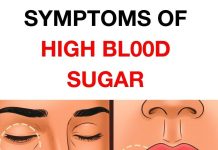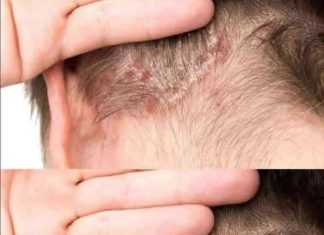Nose picking is a common habit that many individuals engage in, often without considering its potential health implications. While it may seem harmless, habitual nose picking can lead to various health issues, ranging from minor irritations to more severe infections. Understanding the risks associated with this practice and adopting strategies to mitigate them is essential for maintaining optimal nasal and overall health.
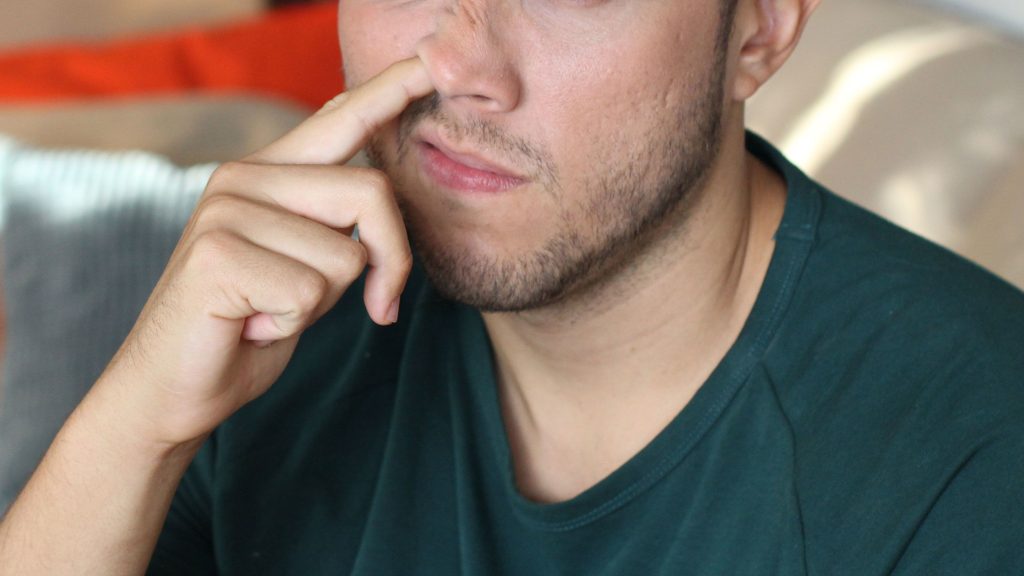
Introduction of Harmful Bacteria
The human hand harbors numerous bacteria, some of which can be pathogenic. When individuals insert their fingers into their nostrils, they risk introducing these harmful microorganisms into the nasal cavity. One notable bacterium is Staphylococcus aureus, which can cause infections if it enters the body through breaks in the skin or mucous membranes. Studies have shown that individuals who frequently pick their noses are more likely to carry Staphylococcus aureus in their nasal passages, increasing the risk of developing infections.
Nasal Vestibulitis
Repeated nose picking can lead to nasal vestibulitis, an infection of the nasal vestibule—the area just inside the nostrils. This condition is often caused by Staphylococcus aureus and can result in redness, swelling, pain, and the formation of sores or crusts around the nostril openings. In severe cases, boils or abscesses may develop, necessitating medical intervention.
Damage to the Nasal Septum
The nasal septum, composed of cartilage and bone, separates the two nostrils. Habitual nose picking can damage this structure, leading to nosebleeds and, in extreme cases, perforation of the septum. Such damage can cause chronic nasal issues, including crusting, whistling sounds during breathing, and a sensation of nasal obstruction .
Potential Link to Neurodegenerative Diseases
Emerging research suggests a possible connection between nose picking and an increased risk of neurodegenerative diseases like Alzheimer’s. A study conducted on mice indicated that certain bacteria could travel through the olfactory nerve to the brain, potentially triggering pathways associated with Alzheimer’s disease. While direct evidence in humans is limited, these findings underscore the importance of maintaining nasal hygiene and avoiding behaviors that could facilitate the entry of pathogens into the central nervous system.
Transmission of Respiratory Infections
Nose picking can facilitate the spread of respiratory infections. The nasal cavity traps pathogens, and inserting fingers can transfer these microorganisms to the hands, which can then contaminate surfaces or be transmitted to others through direct contact. This behavior increases the risk of spreading illnesses such as the common cold, influenza, and even COVID-19.
Strategies to Prevent Nose Picking
Breaking the habit of nose picking requires a combination of awareness and proactive measures:
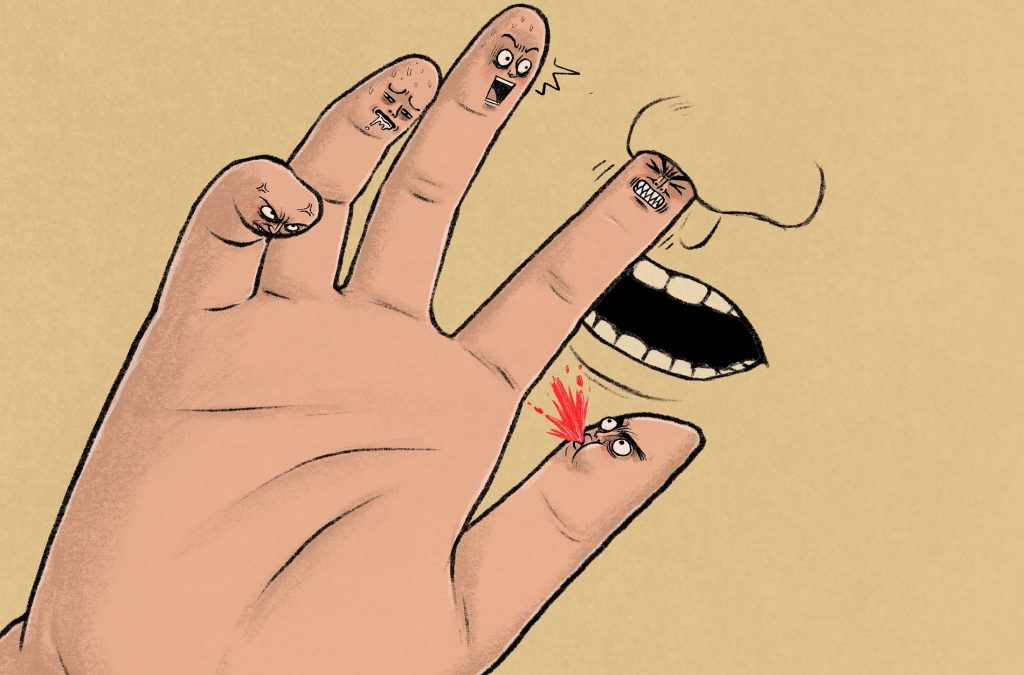
- Maintain Nasal Moisture: Dry nasal passages can prompt individuals to pick their noses. Using saline sprays or humidifiers can help keep the nasal passages moist, reducing the urge to pick.
- Practice Good Hand Hygiene: Regular handwashing minimizes the presence of harmful bacteria and viruses on the hands, decreasing the risk of introducing pathogens into the nasal cavity.
- Keep Fingernails Trimmed: Short, clean fingernails are less likely to cause abrasions inside the nostrils, reducing the risk of infections and nosebleeds.
- Use Tissues: When the need arises to clear the nose, using a tissue is a hygienic alternative to using fingers. Properly disposing of tissues and washing hands afterward further reduces the risk of spreading pathogens.
- Identify Triggers: Understanding situations or feelings that lead to nose picking can help in developing strategies to avoid or address these triggers.
Conclusion
While nose picking is a widespread habit, it carries several health risks, including bacterial infections, damage to nasal structures, and the potential spread of respiratory illnesses. By adopting preventive measures and being mindful of the associated dangers, individuals can protect their nasal health and contribute to overall well-being.

